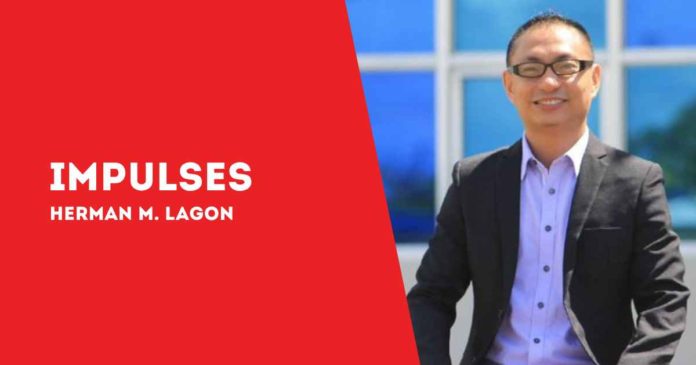
BY HERMAN M. LAGON
WE HAVE to be ready to welcome diversity and inclusivity, be open to fresh ideas, and aggressively search out new contacts to fully benefit from what ASEAN (Association of Southeast Asian Nations) has to offer.
A central component of this process is cultural sensitivity. It’s about appreciating and understanding the variances that define every culture, not only about being courteous to others. It is about realizing that these variations present chances for development rather than challenges.
Cultural sensitivity is the link that will connect you to a larger world, whether you are making daily contact with people from many backgrounds or working on a group project involving people from many ASEAN nations.
Our dedication to internationalizing at the Iloilo State University of Fisheries Science and Technology (ISUFST) reflects this awareness. Under the direction of our University President, Dr. Nordy Siason Jr., we have brought our vision, mission, and quality policies into line with ASEAN objectives and global standards. This alignment is about making sure our infrastructure, faculty, and students are ready to compete and succeed worldwide, not only about getting recognition or raising our rankings.
In this sense, our ASEAN neighbors and Japan teach us a great deal. Particularly in the face of natural disasters, Japan’s model of innovation and resilience provides insightful ideas for how we might strengthen our disaster response and preparation systems. Particularly in infrastructure and education, Singapore’s emphasis on efficiency and connectivity offers a model for better equipping our people for the demands of the global economy. Thailand’s focus on cooperation and cultural preservation reminds us to keep our cultural legacy while embracing modernism.
Driven by a robust manufacturing industry and an emphasis on education, Vietnam’s fast economic development emphasizes the need for strategic planning and investment in human capital. Each of Indonesia, Brunei, and Malaysia provides special lessons in striking a balance between modernism and tradition, encouraging social cohesiveness and fostering inclusivity in varied societies.
Still, we also have much to offer; it’s not only about picking lessons from others. The Philippines’ great sense of community, resiliency against hardship, and rich cultural legacy can motivate our ASEAN neighbors as well as the larger globe. Essential in creating a more connected and resilient ASEAN, our culture of “pagkapwa-tao” and “bayanihan” capture the spirit of communal effort and solidarity.
Let us pledge to create a more resilient and linked ASEAN community. This means engaging in trade programs or research partnerships and being open to learning from many cultures, adjusting to new challenges, and discovering ways we might help the world from anywhere we live. Whether you wind up staying in your native country or working overseas, the global perspective will help you negotiate the complexity of contemporary society and have a significant influence.
Being an ASEAN citizen today means embracing a dual identity rooted in our local culture and experiences and extending to the world community. It implies realizing that the futures of people from many backgrounds, cultures, and countries entwine with ours. It means forging relationships that are not only beneficial but essential for our resilience and collective progress. It also means preparing for a world that calls for both adaptation and cooperation by our institutions, ourselves, and communities. Let’s recommit ourselves to these values as we honor the 57th ASEAN anniversary and cooperate to build a better, more linked, and resilient future for all.
***
Doc H fondly describes himself as a ”student of and for life” who, like many others, aspires to a life-giving and why-driven world grounded in social justice and the pursuit of happiness. His views do not necessarily reflect those of the institutions he is employed or connected with./PN



